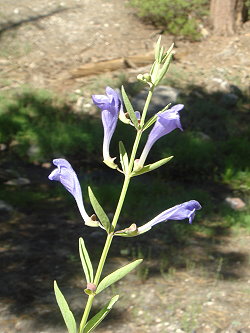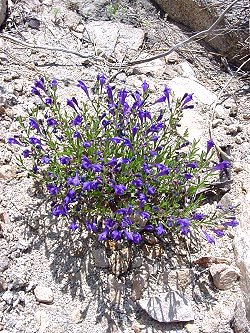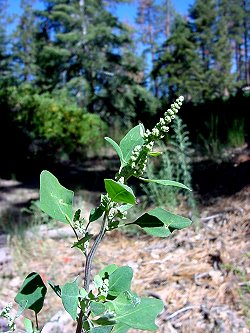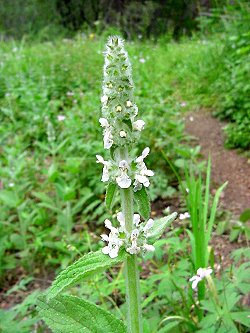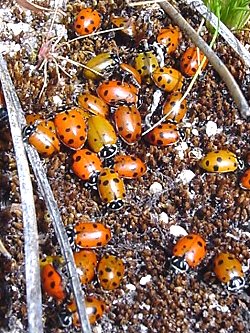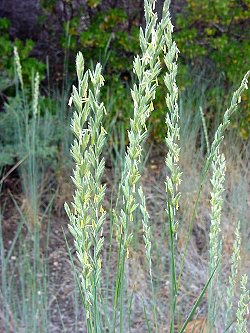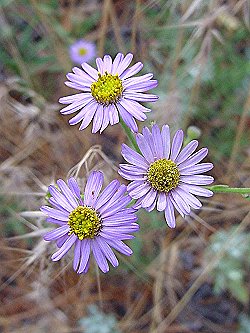| SAN BERNARDINO MOUNTAINS JULY 2003 PAGE FIVE |
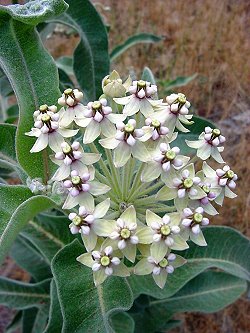 |
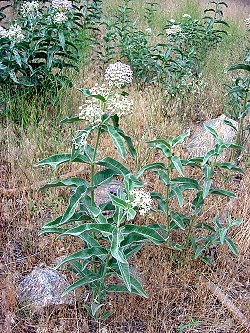 |
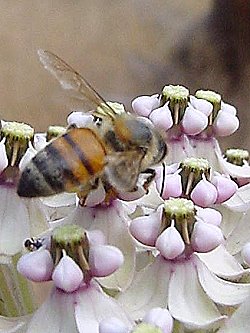 |
||
| Woolly-fruited milkweed Asclepias eriocarpa Apocynaceae |
||||
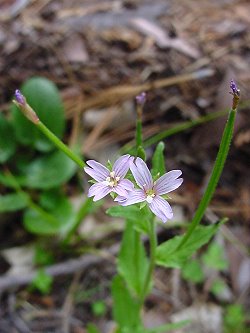 |
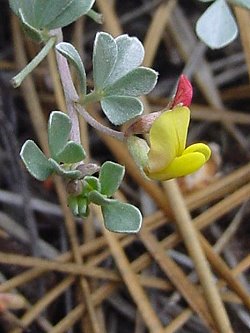 |
|
| Field willow-herb Epilobium brachycarpum Onagraceae |
Canyon bird's-foot trefoil Acmispon argyraeus var. argyraeus Fabaceae |
|
|
|
||||
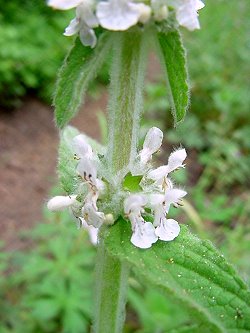 |
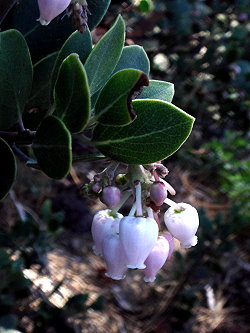 |
 |
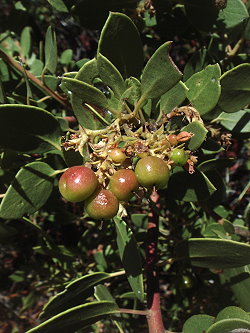 |
||
| Greenleaf manzanita Arctostaphylos patula Ericaceae |
||||
The word 'manzanita' is a diminutive form of the Spanish 'manzana' for apple, and thus may be translated as 'little apple.' When you see the clusters of fruits, it's not hard to see why this name was applied. Native Americans have used a concoction of manzanita leaves to treat poison oak rashes and a cider made from mashed berries to alleviate stomach ailments and other maladies. The berries also make a good food, either ground into a coarse meal or eaten ripe or green. |
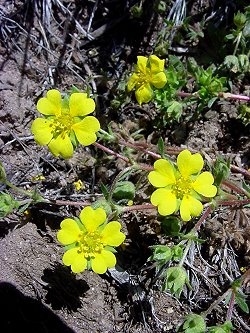 |
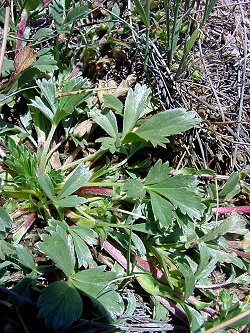 |
|
Wheeler's cinquefoil Potentilla wheeleri Rosaceae [Named for George Montague Wheeler, 1842-1905] |
||
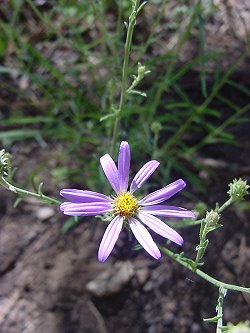 |
|
|
||||||||||
Hoary aster Dieteria canescens var. canescens Asteraceae |
||||||||||||
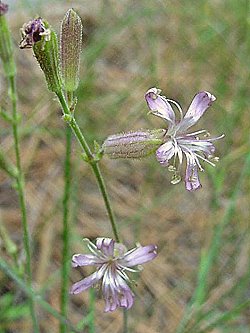 |
||||||||||||
White catchfly Silene verecunda Caryophyllaceae |
||||||||||||
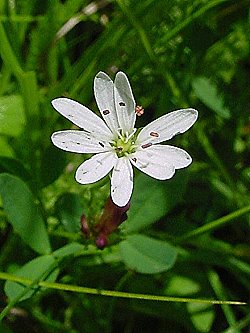 |
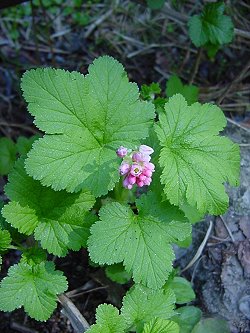 |
|
| Meadow starwort Stellaria longipes ssp. longipes Caryophyllaceae |
Mountain pink currant Ribes nevadense Grossulariaceae |
| PHOTO GALLERIES INDEX |
CALFLORA.NET | PAGE SIX OF SEVEN |
| CALIFORNIA PLANT NAMES: LATIN AND GREEK MEANINGS AND DERIVATIONS | ||
| VIRGINIA PLANT NAMES: LATIN AND GREEK MEANINGS AND DERIVATIONS | ||
